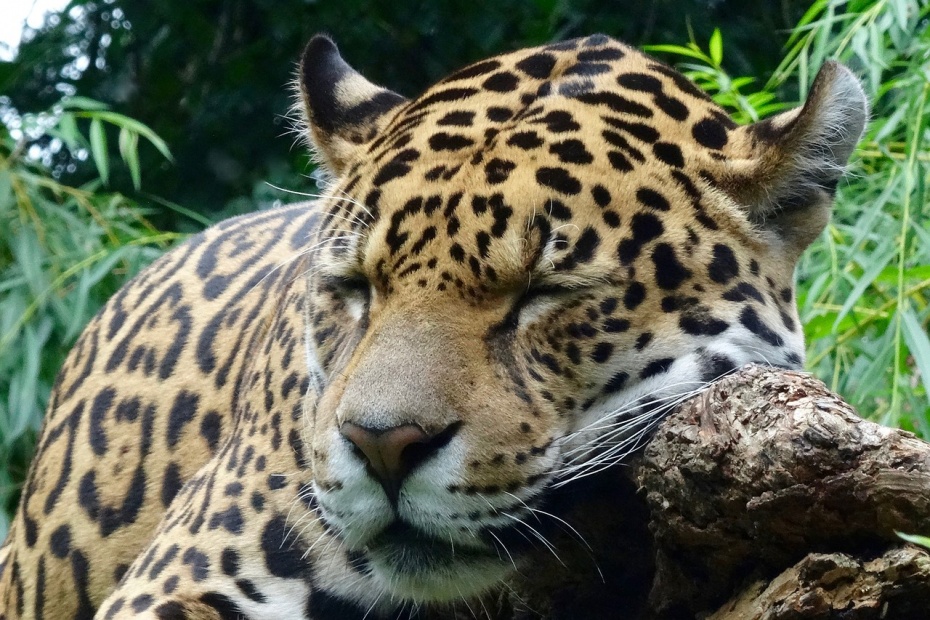The Secret Life of Jaguars
For wildlife lovers on Jaguar tours, a sighting is a once in a lifetime experience. But there is much about the elusive big cat that remains a mystery.
Of all the world’s big cats, it is the Jaguar that’s earned the persistent tag of ‘most elusive’. The mystery that surrounds this magnificent animal makes the thrill of seeing it in its natural habitat all the more special for wildlife lovers. In many cases, for those who embark on dedicated Jaguar tours in the hopes of a close encounter, it is a true once in a lifetime opportunity. However, because of its secretive nature, even the world’s most respected wildlife experts admit there is still much about the animal’s behaviour and biology that is not documented, or even understood.
A Private Population
Because of the big cat’s extreme privacy within its habitats in South America, at present there are no definitive answers on the size of its population or range. It is known that in the past its habitat extended throughout South and Central America and even up beyond Mexico, but today it is confined to a far smaller area. While, in theory, this should make determining their number far easier, the animals are so stealthy and secretive it’s been extremely difficult for researchers to predict with any degree of accuracy just how many are living in prime habitats like Brazil’s Pantanal and Guyana (where many of the most successful Jaguar tours are focused).
In latter years, however, a research and conservation project has set up a monitoring programme in various habitats throughout South America using heat sensitive cameras in order to track numbers of the big cat in key areas. These so-called ‘camera traps’ are able to detect the heat of a large body mass as it passes and snap off an image. Because every animal’s markings are unique, the data can be used to estimate the population and, over several decades, will be able to determine growth or decline in numbers.
Questions Still Unanswered
Because researchers and biologists have been unable to observe the big cat for any extended period of time, even some basic behavioural questions around hunting, mating, territory, and raising their young remain largely unanswered.
Not as fast as other big cats and unable to sustain long distances in the chase for prey, it has adapted its hunting techniques in other ways – with stealth and phenomenal strength. Silent, powerful killing machines, their hapless prey is dead before they even know what’s happened, but beyond the kill, very little is known about details of their feeding habits – whether they share their prize, for instance. And, while they are largely solitary animals, the extent of territorial behaviour and just how large their ‘range’ is and the lengths to which they protect it is also not definitively understood.
Conservation and Education
The task researchers face is not only in obtaining information for biological and statistical purposes, but also to use the data in order to establish a protected habitat to ensure sustainability of the big cat’s population. In particular, education is needed to create sentience amongst farmers and ranchers in South America of the need to conserve this culturally important animal, and convince them that a peaceful co-existence is possible.
Along with local conservation programmes and research projects, dedicated Jaguar tours play a vital role in raising awareness throughout the wider global community. It’s a privilege and a thrill to sight one of these magnificent animals in the wild , but it’s also vitally important that the very thing that makes it so fascinating – its secretive and elusive nature – does not serve to endanger its existence.
, but it’s also vitally important that the very thing that makes it so fascinating – its secretive and elusive nature – does not serve to endanger its existence.
Source: Free Articles from ArticlesFactory.com
ABOUT THE AUTHOR
Marissa Ellis-Snow is a freelance nature writer. If you’re looking for Jaguar tours, Naturetrek specialises in expert-led natural history and wildlife tours worldwide. Naturetrek brings over 25 years of experience to Jaguar watching tours in some of the most spectacular regions on Earth.
